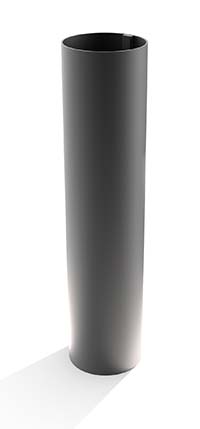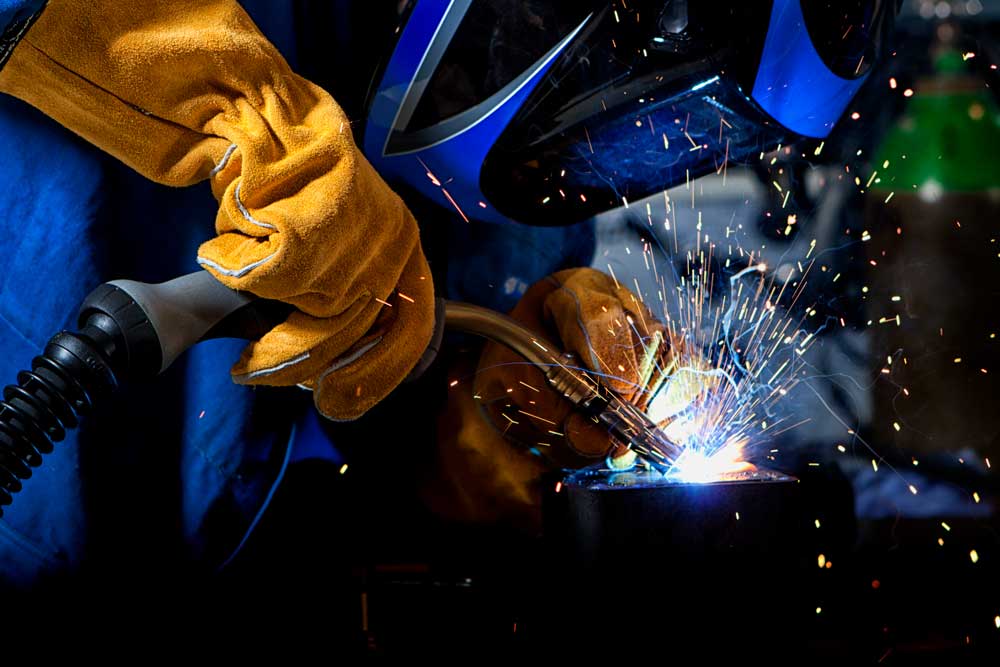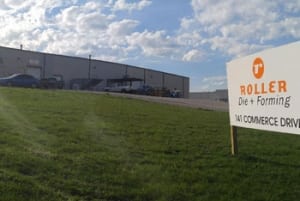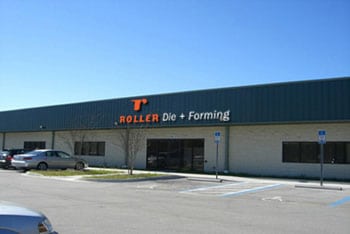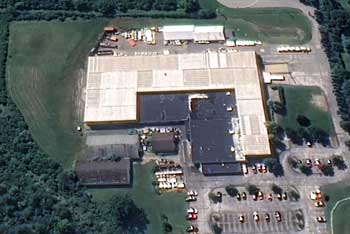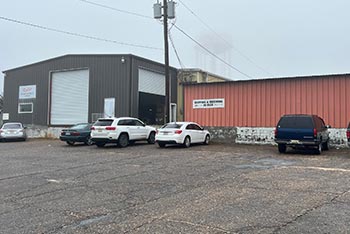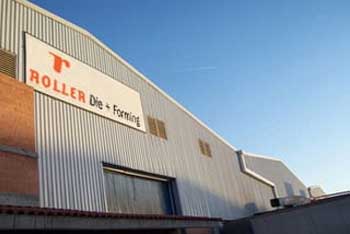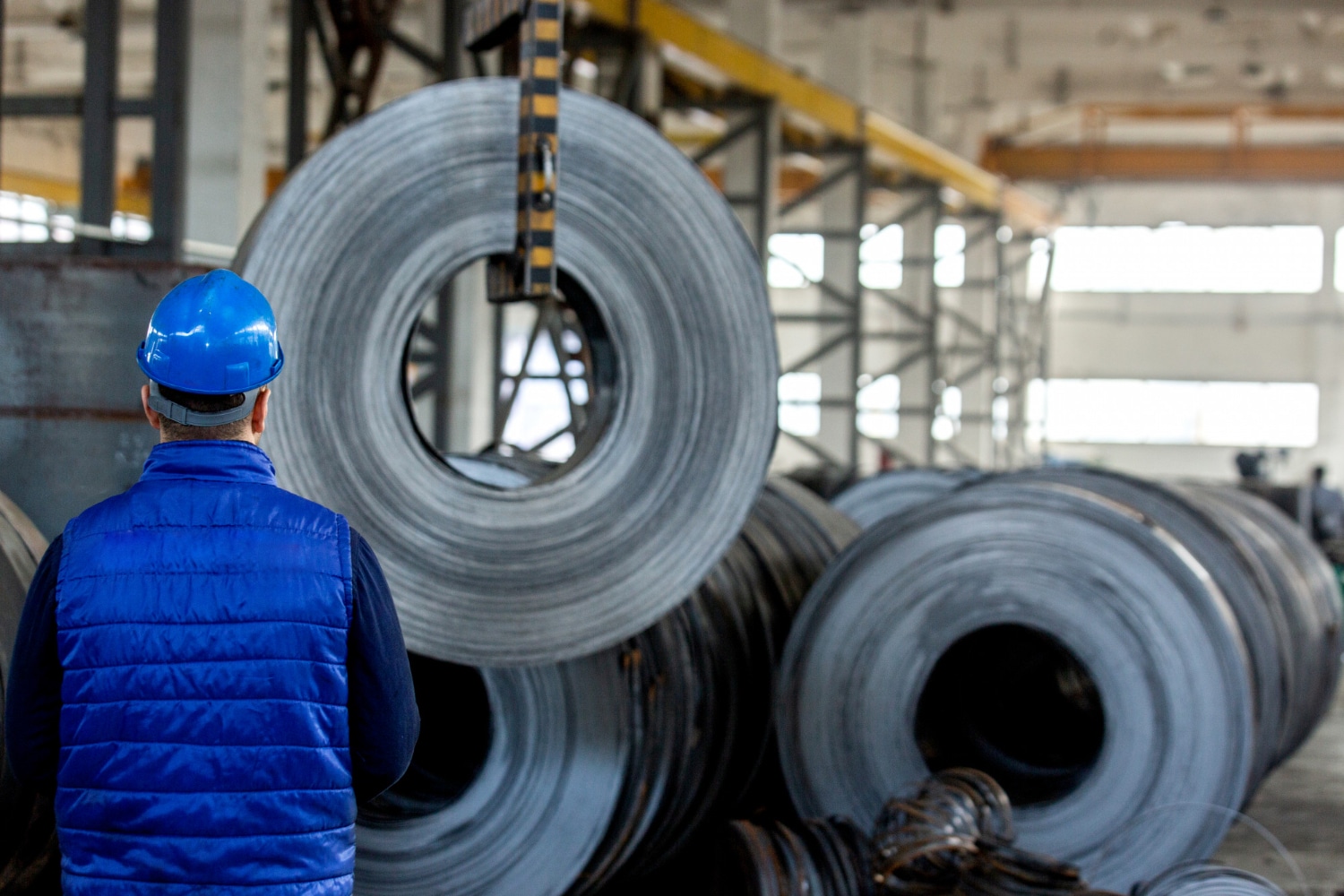2025 is shaping up to be an eventful year for the steel industry. As manufacturers, keeping up with market changes is crucial. This year brings a mix of global demand shifts, economic challenges, and technological advancements, all of which will impact steel production and pricing.
One major factor to watch is the demand for steel in emerging markets. Countries with growing infrastructure needs will play a significant role in shaping global trends. Economic conditions, including inflation and currency fluctuations, will also influence steel prices and availability. Additionally, ongoing supply chain disruptions are set to challenge manufacturers, requiring adaptive strategies.
Technological advancements in steel production promise to make processes more efficient and cost-effective. Meanwhile, environmental regulations and compliance standards are tightening, pushing the industry towards more sustainable practices. Keeping an eye on these key changes will help manufacturers stay competitive and maintain high-quality production.
Impact of Economic Factors on Steel Prices
Economic conditions deeply impact steel prices. Factors like inflation, currency exchange rates, and interest rates play major roles in determining the cost of steel. When inflation rises, so do steel prices, making it more expensive for manufacturers to obtain the raw materials they need.
Currency fluctuations also affect steel pricing. For instance, if the U.S. dollar strengthens against other currencies, steel imports become cheaper for American manufacturers. Conversely, a weaker dollar can make importing steel more costly, impacting production budgets.
Interest rates are another crucial factor. Higher interest rates can increase the cost of borrowing money, which may restrict expansion and purchasing abilities for manufacturers. Monitoring these economic factors helps manufacturers make informed decisions about when to buy steel and how to manage costs effectively.
Supply Chain Disruptions and Their Effects
Supply chain disruptions have become a common challenge for manufacturers in recent years. Events like natural disasters, geopolitical tensions, and pandemics can greatly disrupt the flow of raw materials, including steel. Supply chain interruptions can lead to delays in production and increased costs due to the scarcity of materials.
One way to mitigate these disruptions is to diversify suppliers. Relying on multiple suppliers from different geographic areas can reduce the risk of a complete shutdown if one source is compromised. Additionally, maintaining a strategic stockpile of materials can help cushion against short-term disruptions.
Technology also plays a key role in managing supply chains. Advanced tracking systems and predictive analytics can provide real-time updates and forecasts, allowing manufacturers to make quick adjustments. Staying informed and prepared ensures that supply chain issues have minimal impact on production schedules and costs.
Technological Advancements in Steel Production
Technological advancements are transforming steel production, making it more efficient and less costly. One major development is the use of electric arc furnaces (EAFs), which use electric currents to melt scrap steel. EAFs are more energy-efficient and environmentally friendly compared to traditional blast furnaces.
Automation is also revolutionizing the steel industry. Robots and automated machinery can perform tasks with high precision and speed, reducing labor costs and minimizing human error. This leads to higher productivity and consistent product quality.
Another significant advancement is in material science. New steel alloys are being developed that offer superior strength and durability while being lighter. These innovations are particularly beneficial for the automotive and construction industries, where strong yet lightweight materials are in high demand. Embracing these technologies can help manufacturers stay competitive and boost their production capabilities.
Environmental Regulations and Compliance
Environmental regulations are tightening across the globe. Governments are focusing more on green practices, and the steel industry is no exception. Compliance with these regulations is not just about avoiding penalties; it also affects a company’s reputation and operational efficiency.
New rules often require manufacturers to reduce emissions and waste. Technologies like EAFs are gaining popularity as they emit less carbon dioxide compared to traditional methods. Investing in cleaner technologies can help meet these new standards and lower energy costs.
Being proactive about compliance also offers a competitive edge. Manufacturers who meet or exceed environmental regulations can attract customers who prioritize sustainability. Keeping up with regulatory changes and adopting best practices can ensure smooth operations and foster a greener image.
Steel Recycling and Sustainability Efforts
Steel recycling is becoming more important due to growing environmental concerns. Recycling steel saves energy and reduces the need for raw materials. Many industries are now focusing on improving their recycling rates to meet sustainability goals.
Recycling initiatives include collecting scrap metal from old buildings, vehicles, and appliances. This scrap is then melted down and reformed into new steel products. This process uses significantly less energy than producing steel from raw ore, cutting down on greenhouse gas emissions.
Manufacturers can take part in these sustainability efforts by establishing recycling programs within their operations. Partnering with recycling facilities or investing in EAF technology can make a big difference. Emphasizing recycled materials can also appeal to environmentally conscious consumers and clients.
Trade Policies and Tariffs Affecting Steel Imports/Exports
Trade policies and tariffs have a big impact on the steel market. Tariffs can make imported steel more expensive, prompting manufacturers to seek domestic sources. Conversely, reduced tariffs can make importing steel more attractive.
Current policies between major steel-producing and consuming nations often change. For example, any shifts in U.S.-China trade relations could significantly alter steel prices and availability. It’s crucial for manufacturers to stay updated on these changes to plan their sourcing strategies effectively.
Understanding trade agreements and tariffs can help manufacturers manage costs better. By being aware of potential changes, you can adjust your supply chain to avoid costly import fees. Trade policies can be complex, but staying informed ensures you can navigate them efficiently and keep production running smoothly.
Innovations in Steel Products for Various Industries
Innovation in steel products is driving new applications and solutions across various industries. Advanced High-Strength Steels (AHSS) are making waves in the automotive sector by providing stronger, lighter materials for safer and more fuel-efficient vehicles. These steels help in reducing vehicle weight without compromising safety, meeting the stringent requirements of modern automotive design.
In construction, new coatings and alloys are extending the lifespan of steel structures. These innovations include corrosion-resistant coatings that protect against harsh environmental conditions and high-performance steels that offer exceptional strength and flexibility. These advancements can reduce maintenance costs and enhance the durability of buildings and infrastructure projects.
Furthermore, the energy sector benefits from innovative steels designed for high-temperature and high-pressure environments. These materials are essential for constructing pipelines, refineries, and power plants. Staying updated with these innovations allows manufacturers to offer cutting-edge solutions tailored to the specific needs of their industries.
Labor Market Changes Impacting Steel Manufacturing
The steel manufacturing industry is experiencing significant labor market changes. There is a growing skills gap as experienced workers retire and fewer young people enter the field. This gap is creating challenges in maintaining productivity and quality assurance.
Manufacturers are now focusing on training and development programs to bridge this gap. By investing in workforce development, companies can ensure that their employees are well-equipped with the necessary skills to operate advanced machinery and technologies. Apprenticeship programs and partnerships with educational institutions are becoming more common as they provide hands-on experience and technical knowledge.
Moreover, the labor market is also shifting towards more automation and digitalization. As manufacturing processes become increasingly automated, there is a higher demand for tech-savvy workers who can manage and maintain these systems. Adapting to these labor market changes is crucial for sustaining growth and competitiveness in the steel industry.
Digitalization and Automation in the Steel Industry
Digitalization and automation are transforming the steel industry, making operations more efficient and productive. Technologies like the Internet of Things (IoT) and Artificial Intelligence (AI) are being integrated into manufacturing processes to enhance real-time monitoring and predictive maintenance. These technologies help in identifying potential issues before they cause major disruptions, thereby reducing downtime and maintenance costs.
Automation is also playing a significant role in improving production efficiency. Automated machinery and robots can handle repetitive tasks with high precision, minimizing human error and increasing output. This shift towards automation not only boosts productivity but also allows workers to focus on more complex and value-added activities.
Another key aspect is data analytics. By leveraging big data, manufacturers can gain insights into production processes, supply chain management, and market trends. This data-driven approach enables better decision-making and strategic planning, ensuring that steel production meets market demands efficiently.
Strategies for Manufacturers to Adapt and Thrive
Adapting to the ever-evolving steel market requires strategic planning and flexibility. One effective strategy is to diversify your supply chain. By having multiple suppliers, manufacturers can mitigate risks associated with supply chain disruptions and ensure a steady flow of raw materials.
Investing in technology is another crucial strategy. Embracing digitalization and automation can boost productivity, reduce costs, and improve product quality. Manufacturers should also focus on sustainability by adopting eco-friendly practices and materials that align with global environmental standards.
Building strong relationships with customers and suppliers is essential. Open communication and collaboration can lead to better forecasting and planning. Additionally, staying informed about market trends and industry developments helps in making proactive adjustments to production and business strategies, ensuring long-term success.
Conclusion
Understanding the key changes in the steel market for 2025 is vital for manufacturers looking to stay competitive and successful. From global demand trends to technological advancements, each factor plays a significant role in shaping the industry’s future. By staying informed and adaptable, manufacturers can turn these challenges into opportunities for growth and innovation.
Whether it’s adapting to new environmental regulations, leveraging digitalization, or exploring innovative steel products, the ability to navigate these changes will set successful manufacturers apart. Investing in workforce development and strategic planning ensures that you remain resilient and forward-thinking.
Partnering with experts can make all the difference for manufacturers wanting to thrive in this dynamic market. Roller Die + Forming is here to help you navigate these changes with our high-quality, custom roll-formed products. Contact us today to learn how we can support your manufacturing needs.

